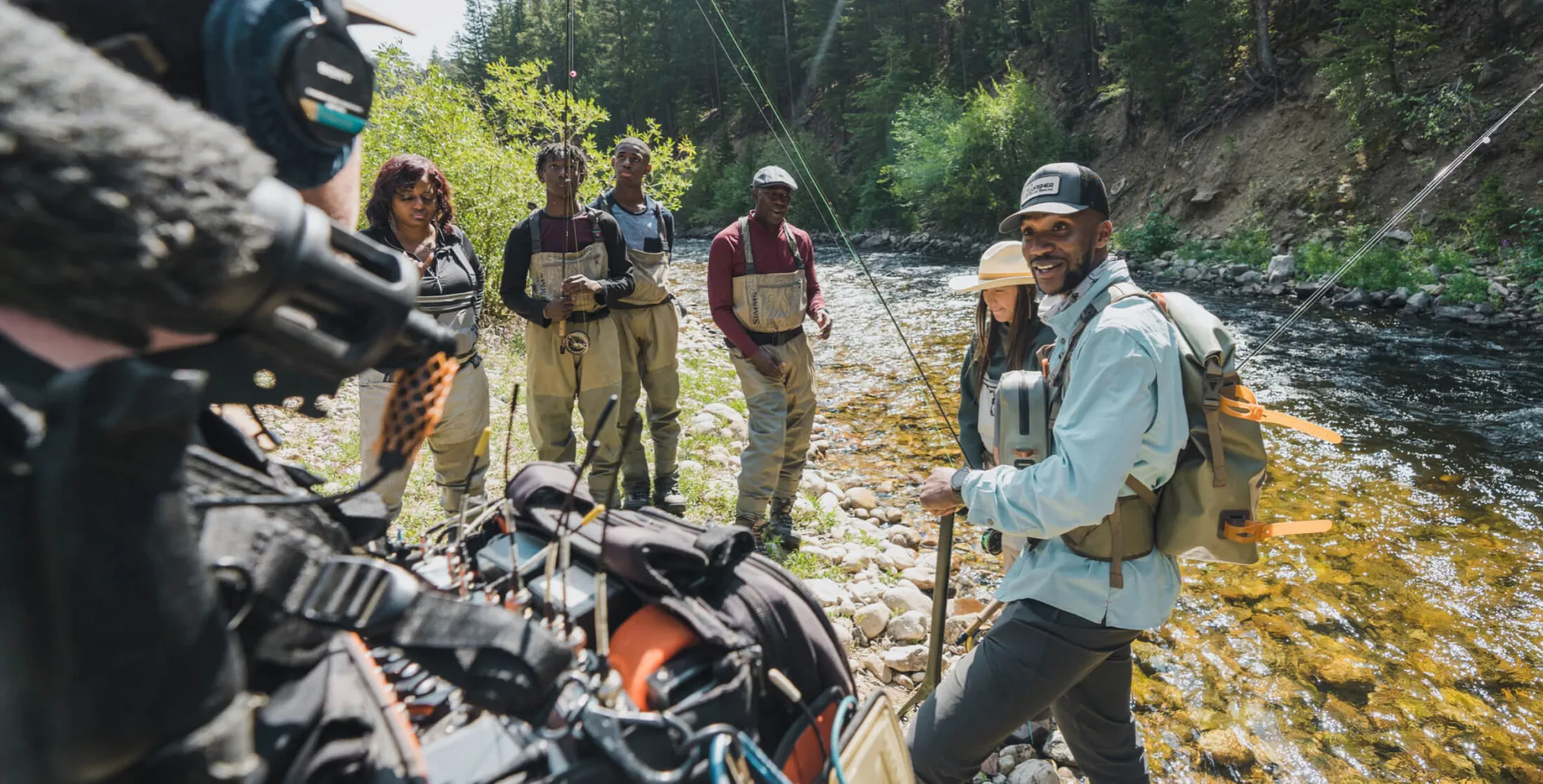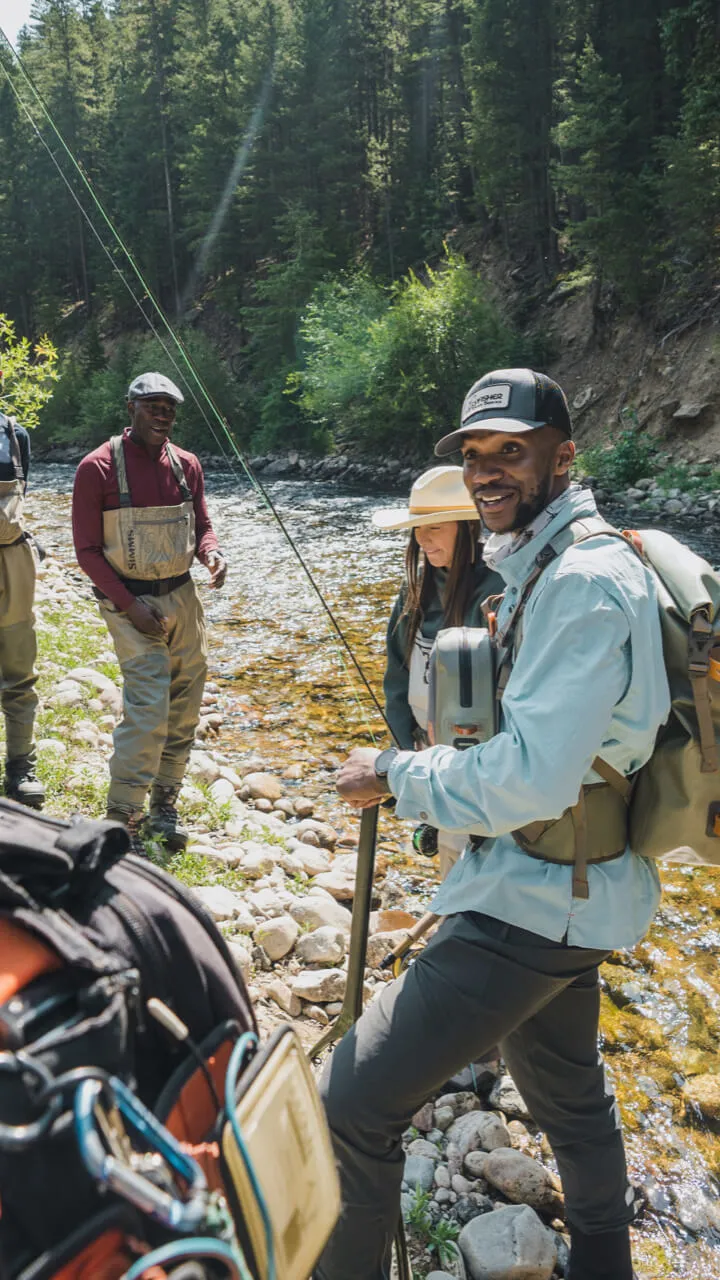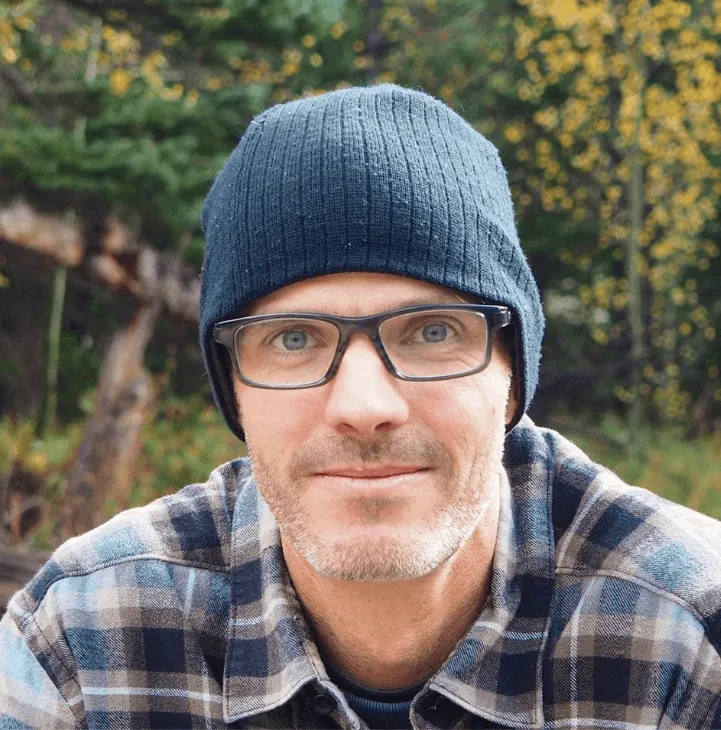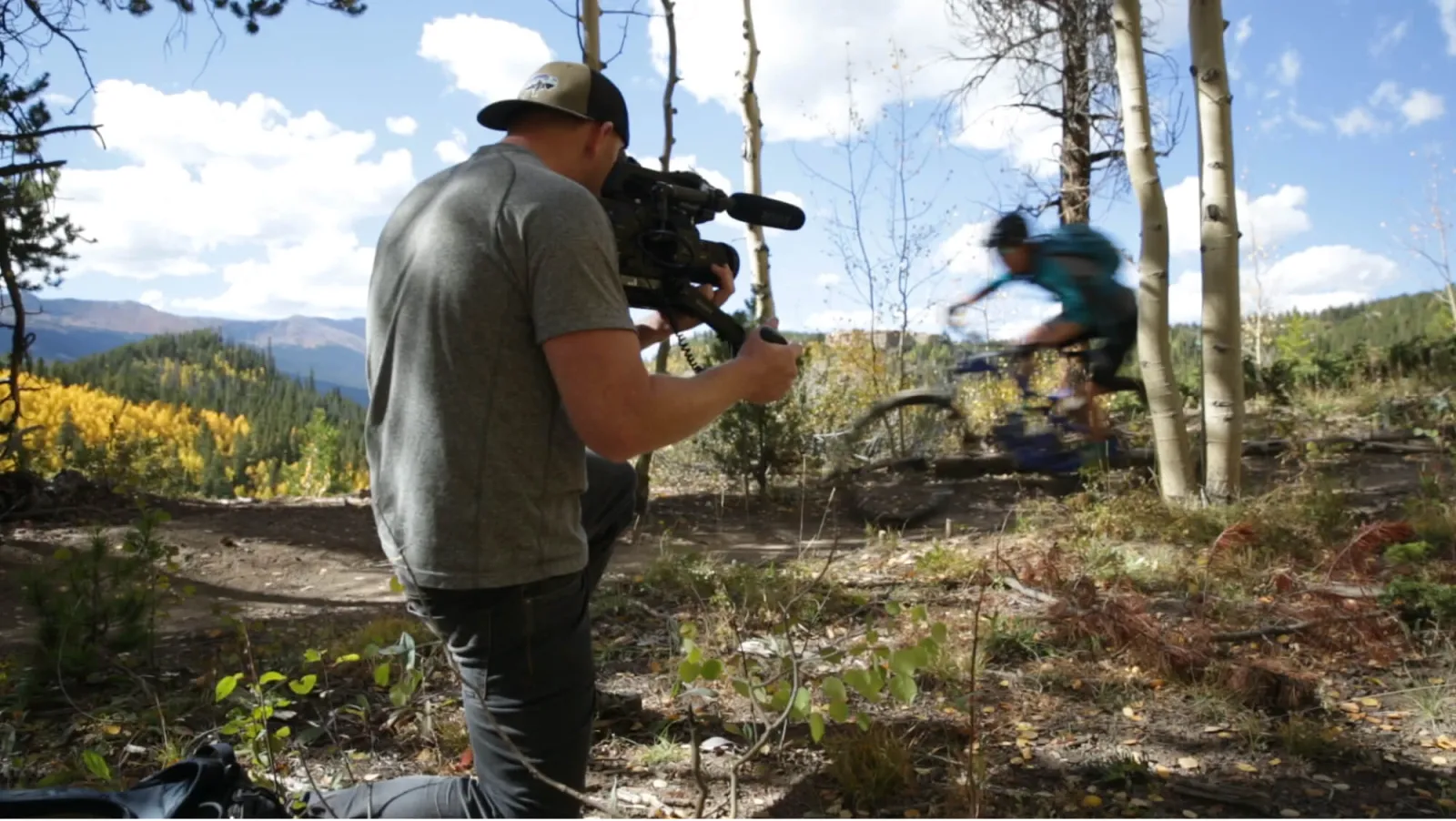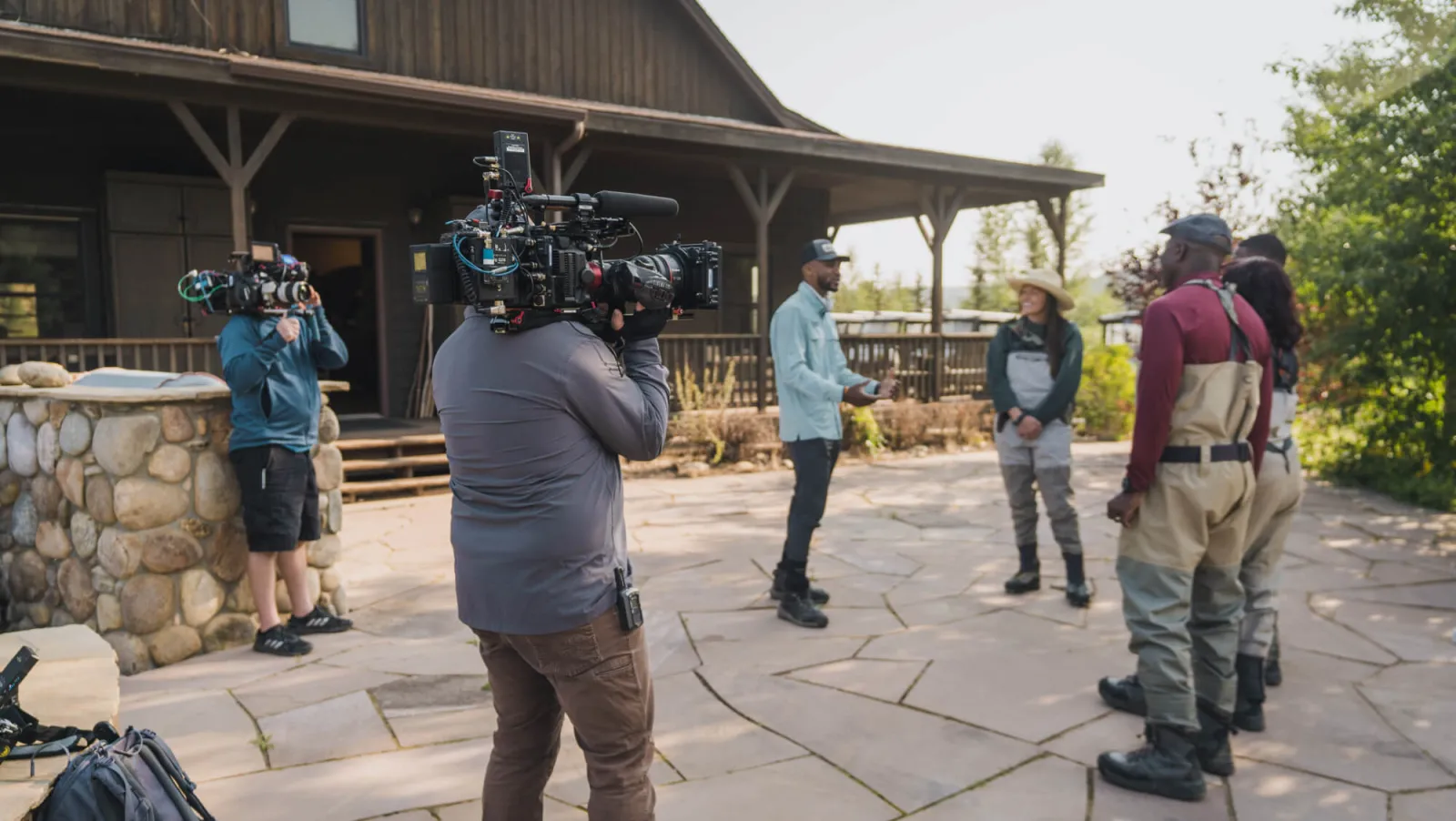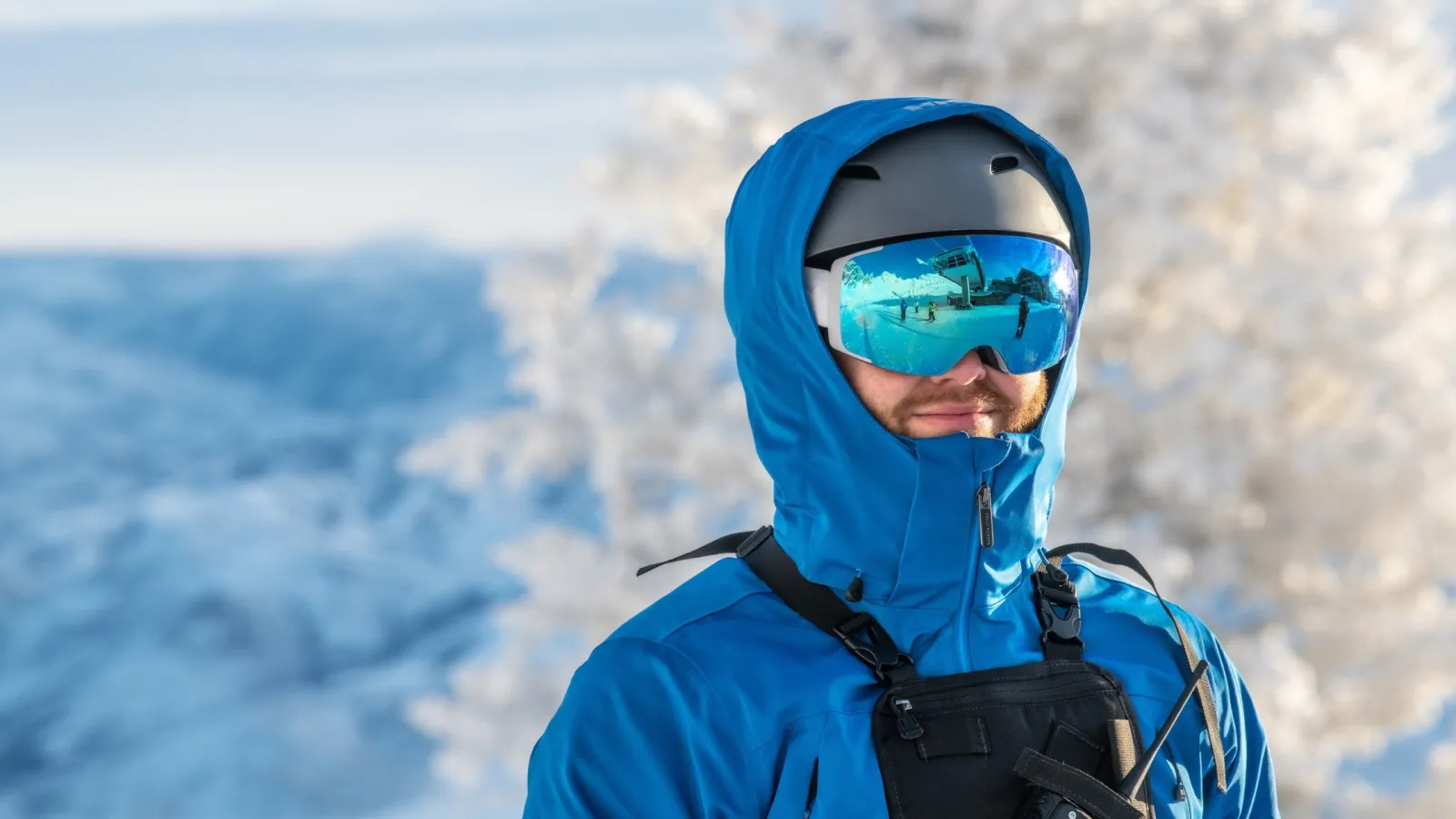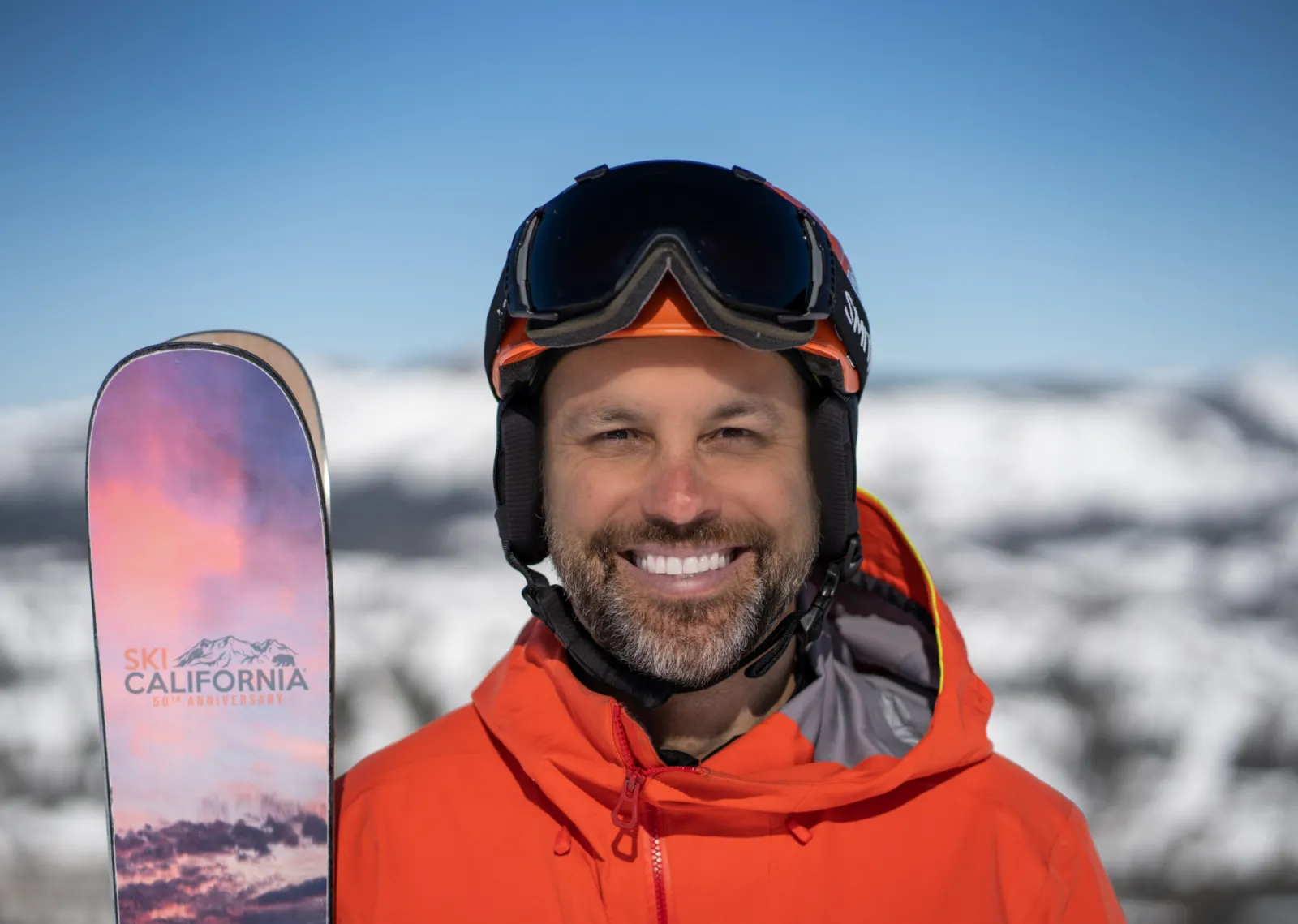The difference between an ambassador, an influencer, and a creator with Patrick Crawford of Inkwell
We see many people mix up and muddy the waters between these three things so we decided to get to the bottom of it. To do so, we called the pros, our friends at Inkwell.
Boulder-based Inkwell Media is the leading creator and content marketing platform in the outdoor industry. Its work connects brands, creators, athletes and communities through social media storytelling. The company's clients include the most prominent brands in the active lifestyle world, including Free Solo, Yeti, North Face, National Geographic, Toyota, The Natural Selection Tour, Mountain Collective and many non-endemic brands as well.
We caught up with Inkwell co-founder and President Patrick Crawford to pick his brain and help us establish the nuance between ambassadors, influencers and creators once and for all.
Origin: Hi Patrick, thanks for linking up with us. Let’s get right into the meat of things. What are the differences between a brand ambassador, an influencer, and a creator? Or are they all just fancy ways of saying the same thing?
Patrick Crawford: Good question, because there are differences, but they’re somewhat subtle and honestly, a little bit of semantics. However, there’s power in the language we use to talk about these things, so it matters.
At Inkwell, we would say that a brand ambassador is someone who is involved in a long-standing relationship with a brand. They are often content creators or athletes on social media, but they don’t have to be. Brand ambassadors may play a role in product development, or have input in a brand’s strategy. They’re really a longstanding link between a brand and a community.
“Influencer” has turned into the dirty word of social marketing. When you think of “influencers” you think of someone whose core talent is building audiences on social platforms and leveraging their fans for brand deals. There have been so many examples of “influencers” behaving badly and operating with no regard for anything but audience building.
At Inkwell, one of our filters is that every individual we work with should be a professional at something besides building a social media audience. These people have an audience because they’re world-renowned at something else. We always ask ourselves, “If Instagram disappeared overnight, would they get up tomorrow and do essentially the same thing?” A professional photographer would keep working with clients, a professional athlete would keep climbing or skiing. An “influencer” would need a new occupation.
One of the differences you see is that the types of people you think of as influencers are really focused on how anything makes them look to their audience, while professionals are there to do the work for their clients and create a story for their audience. Of course, as athletes, photographers or filmers have built audiences, it has changed how they operate to some degree. It has increased their power and reach, and the best ones are aware of how to engage with their followers, but social media itself is not their profession.
We use the term “creator” to refer to a variety of these social storytellers, because it gets at this mentality that they want to be professionals in their vocation and create stories about their lives. Only a very small percentage of athletes can make a career entirely through winning events and the media coverage that comes along with it. Most athletes today need to tie their adventures and dreams they want to pursue to some form of storytelling that inspires their audience. There’s a huge opportunity there for brands to participate in those journeys.
Origin: How does a brand go about deciding which one to allocate a marketing budget to? What are the pros and cons?
PC: Working with social media creators needs to be an integral part of the larger strategy. One of the mistakes we often see is that a brand sets its marketing agenda, crafts strategy and initiatives for the year, and then, at the very end, decides that hiring a few influencers would be a good idea to get the word out.
Smart marketers and storytellers flip that process and involve creators, ambassadors and communities very early on. These people are inherently deeply involved in their communities and can provide valuable feedback and ideas. If you build your messaging campaign and involve your ambassadors as creators, editors and distribution from the start, you’re in a much stronger place than making a video then realizing that you can’t find anyone to share it.
In terms of pros and cons, it’s important to take a realistic look at what role everyone plays in your strategy. A working photographer with 30,000 followers and a competitive athlete with 500,000 followers may both be valuable, but they serve entirely different purposes. You have to build a plan that’s based in the reality of what you’re going to get out of them. Find people who fit into each place within your program, and don’t fool yourself into unrealistic expectations of what people can do. Your big-name athlete might be good for distribution, but can they even create their own content, or are you also hiring a photographer? Are they going to be totally off-line for an extended period of time during events? Nothing is inherently a blocker, just think through everyone’s roles, strengths and weaknesses, and build a comprehensive strategy that incorporates that.
Origin: What is Inkwell’s perspective of ambassadors/influencers/creators going forward? What does your process look like for connecting brands with the individuals in your network?
PC: I only see the role of individual creators getting bigger. Trends are moving so fast that it is essential to have a team of people deep in passion communities to feed you content, and provide your brand a distribution platform to constantly test and measure engagement. The public’s trust in everything is declining, except for individuals who the public sees as real and authentic. Those people can still reach audiences in a convincing way. When used well, these creators are helping you rapidly prototype content and messaging, distributing it, and getting your brand feedback on how things are being received.
In a perfect world, brands come to Inkwell with the kernel of an idea, and we can work with the team to interpret that into a strategy that works with creators. Then we start curating creators who we think would be a great fit, or often we work with a brand’s existing athletes and ambassadors. Many times we work alongside in-house marketers to turn a brand’s existing team into what’s effectively a media production and distribution company. Either way, it’s really hands-on and personal, talking to creators and trying to identify if the partnership feels right on both sides. It’s time-intensive, but makes all the difference.
Origin: There used to be a time where it was seen as gross to “sell out” and be “a square”. Now we often signal our worth by how hard we can sell ourselves out, driven by the gig economy. Do you see this trend continuing, shifting, or totally heading into a different direction?
PC: It’s a good question that gets at the heart of the “influencer” vs “creator” discussion. I don’t want to work with people who churn through brand partnerships super quickly. It’s a bad look for everyone, and we generally stay away. You’re looking to create real connection. Consumers today want to support brands that align with their values and are engaged in their community, and supporting the right creators is part of that.
These partnerships provide an opportunity for an individual to get funding to tell that story they’ve always wanted to tell, or to get support for their non-profit or personal initiatives.
The best brands give the creator a lot of freedom to incorporate the brand into their lifestyle in a real way. How would the athlete really use the product in their lives? Athletes sure don’t go around holding products up in front of their face for a selfie. So stop asking creators to do that. There’s a constant push and pull of “make the product bigger” vs make it real.
The best partnerships also have longevity, and the ones that feel like selling out are when they’re very short, or of course, if a creator promotes a product that they fundamentally disagree with. That’s the definition of selling out.
Origin: Any other parting wise words around your perspective on how brands can navigate this nuanced part of the marketing world?
PC: I truly believe that creator-driven storytelling will increasingly be how brands engage with communities and how athletes make their living. Take it seriously, and don’t make it an afterthought that is handed off to the newest employee. These creators are a brand’s most direct connection to its communities, and are the best way to rapidly create content and connect with your audience. And, when used right, can drive measurable, highly efficient sales. Wrap this strategy in at a high level, and you’ll reap the rewards.
Origin: Thanks for chatting with us Patrick, appreciate it.
If you're interested in learning more about what Inkwell does, check them out here: https://inkwell.media/
